Be a Citizen Scientist to Help Wildlife, Learn and Have Fun Too
Pretty flowers, trickling water and the soothing sound of grasses in the wind are just the tip of the proverbial iceberg when it comes to things to love in your garden. Once the plants are in, the true experience begins — watching to see what wildlife comes. I call it the fourth dimension of gardening.
Birds, bees, beetles and butterflies all make the garden worth having. In a time of diminishing wild habitats, monitoring populations of wildlife in the garden is incredibly important. Without backyard scientists, or citizen scientists, many monitoring programs with low budgets would fail in their missions.
Below are several projects you might consider supporting. Through observing what’s visiting your garden, you’ll get to know another level of your landscape, and it might also be fun to do with kids.
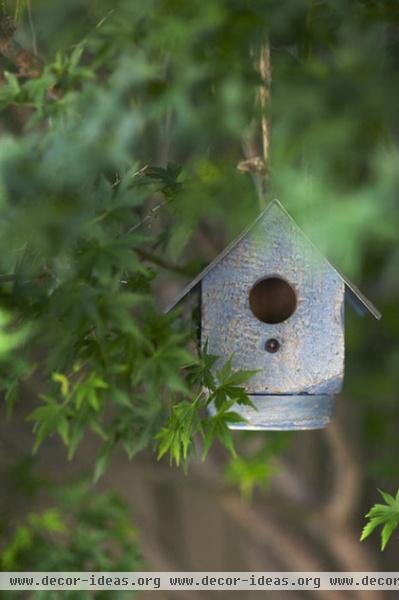
1. NestWatch and Project FeederWatch. Can you guess what these two programs are about? With NestWatch you put up a birdhouse and report who nests and when, and how many eggs hatch. You can also become a certified monitor and keep tabs on local nests.
Project FeederWatch is a winter monitoring program that sees what birds visit you in my favorite season. It offers a lot of information on which birds to look for in your area, how to ID sick birds, what kind of food to use and how to maintain your feeders for healthy birds.
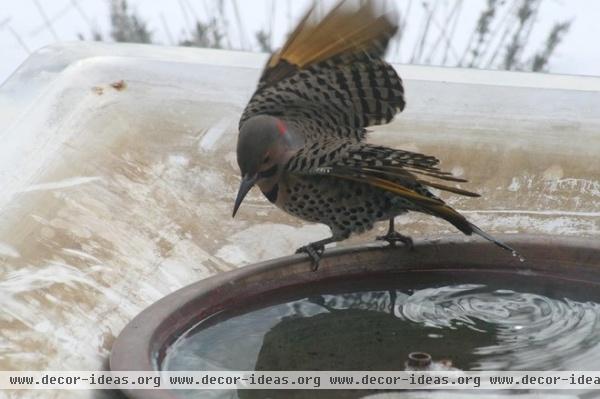
2. EBird. This site allows you to enter sightings of migrating birds — so as you can imagine, it’s really humming (pun intended) in spring and fall. You can see real-time data submitted by users, explore bird hotspots, view graphs and see what’s going on in your location right now (as in which birds to watch for).
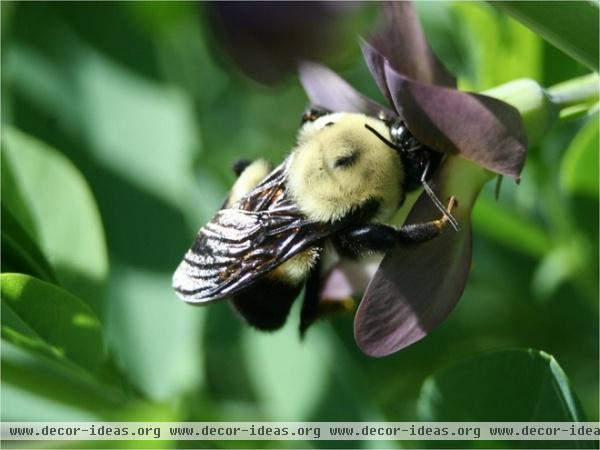
3. Bumble Bee Watch and Bumble Boosters. Bumblebees are unique native pollinators that can get to hard-to-open blooms and use buzz pollination for very efficient transmission of pollen, and their numbers are shrinking.
At Bumble Bee Watch you upload photos to learn the species, confirmed by an expert. You’ll also learn how to ID the many species of bumblebees, which plants they prefer, where they are, when they appear, and much more.
Bumble Boosters is a program that is trying to create the perfect artificial bee house (I have one). You can monitor and report sightings of the first spring queens foraging as they start their new hives, and learn how to build your own bee houses.

4. The Xerces Society. This is one of the leading insect conservation programs in North America, and there are many ways to participate in their research. Some of the projects include monitoring dragonflies, ladybugs and fireflies.
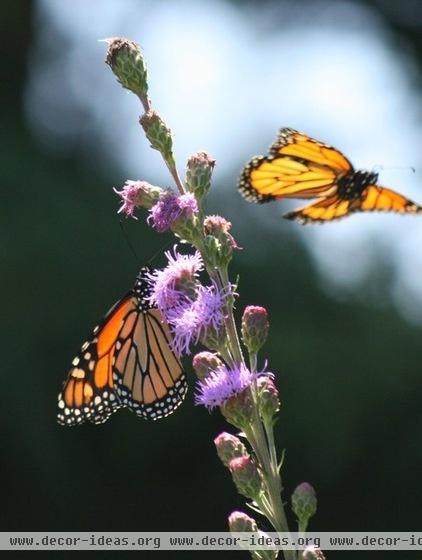
5. Monarch Watch and Monarch Joint Venture. Monarch Watch gives you all you need to tag monarch butterflies in late summer as they migrate down to central Mexico for winter. The small circular stickers affixed to their wings are collected by locals each winter, and the tag numbers reported to Monarch Watch. The information is invaluable to conservation efforts. You’ll also find a way to get free milkweed plants (if you are a school or nonprofit), which monarch caterpillars feed on.
Monarch Joint Venture focuses on keeping tabs of monarch caterpillars and provides links to other butterfly and moth projects. What’s really neat is its success story page, where you can upload images of your pollinator-friendly gardens along with descriptions of your plants and strategies, then view the gardens on a national map. Here’s my garden.
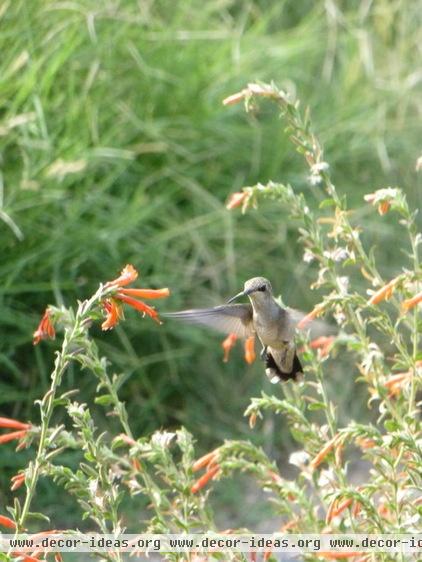
6. Journey North. One-stop shopping to input your migration sightings and view interactive maps for monarchs, hummingbirds, eagles, whales and more.
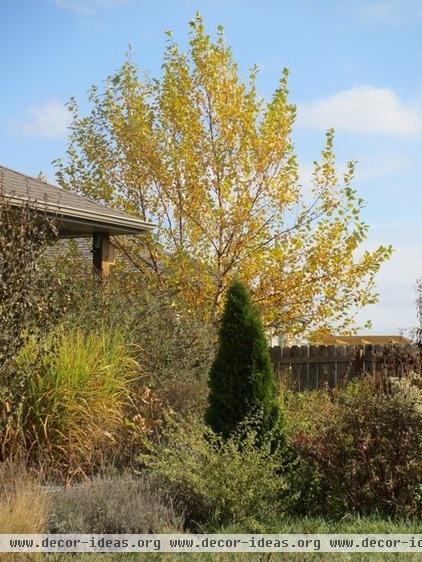
7. YardMap. This is another pretty neat site. You can map your property down to very small details, placing shrubs and trees on your virtual lot. You can use the local resources tool to get detailed pollinator planting guides, links to native plants and a list of nearby nurseries that sell native plants. There’s even a map showing local birds recently spotted, and a which bird/which plant ID tool.

8. National Phenology Network and Project BudBurst. Phenology is the study of plant and animal life cycles, and how they are influenced by climate. By observing when certain insects emerge and flowers bloom, we can observe the influence of climate change — and in more detail see how the planet works through its rich web of interdependent life. Both of the above sites have stellar info and interactive pages to get you going, and all you have to do is walk your garden (which I bet you already do every day).
9. Loss of the Night app and Dark Sky Mete. These are a bit different but pretty cool. The first is an Android smart-phone app that helps you ID stars in the sky; it maps what you see and helps scientists understand light pollution. The second is for the iPhone — all you have to do is take a picture of the sky and upload it.
These are just some of the many citizen scientist programs out there. You’ll find one for almost anything you might be interested in. It’s a wonderful planet worth knowing more about, wouldn’t you say?
Tell us: Have you used any of these? What are your favorite citizen scientist programs?












